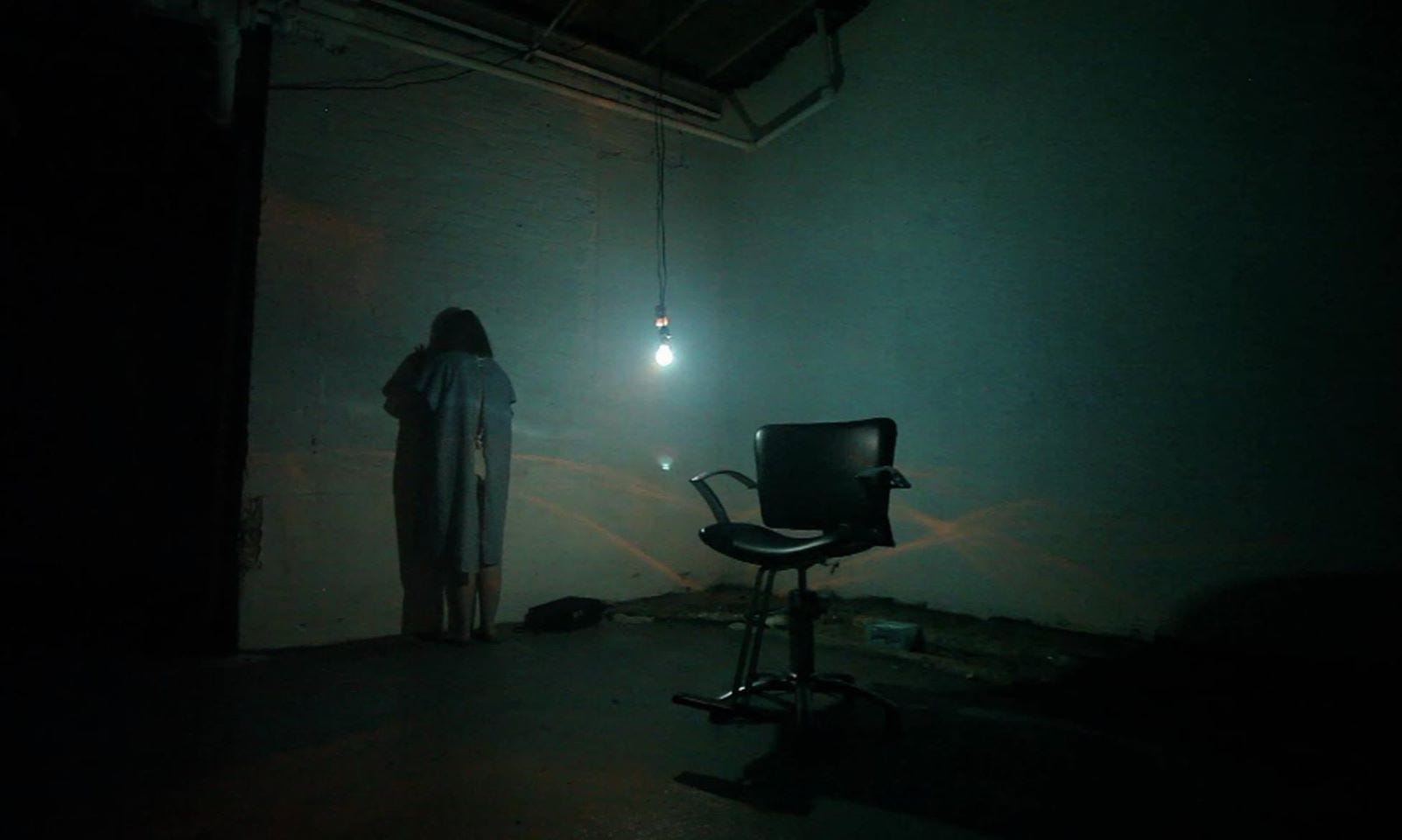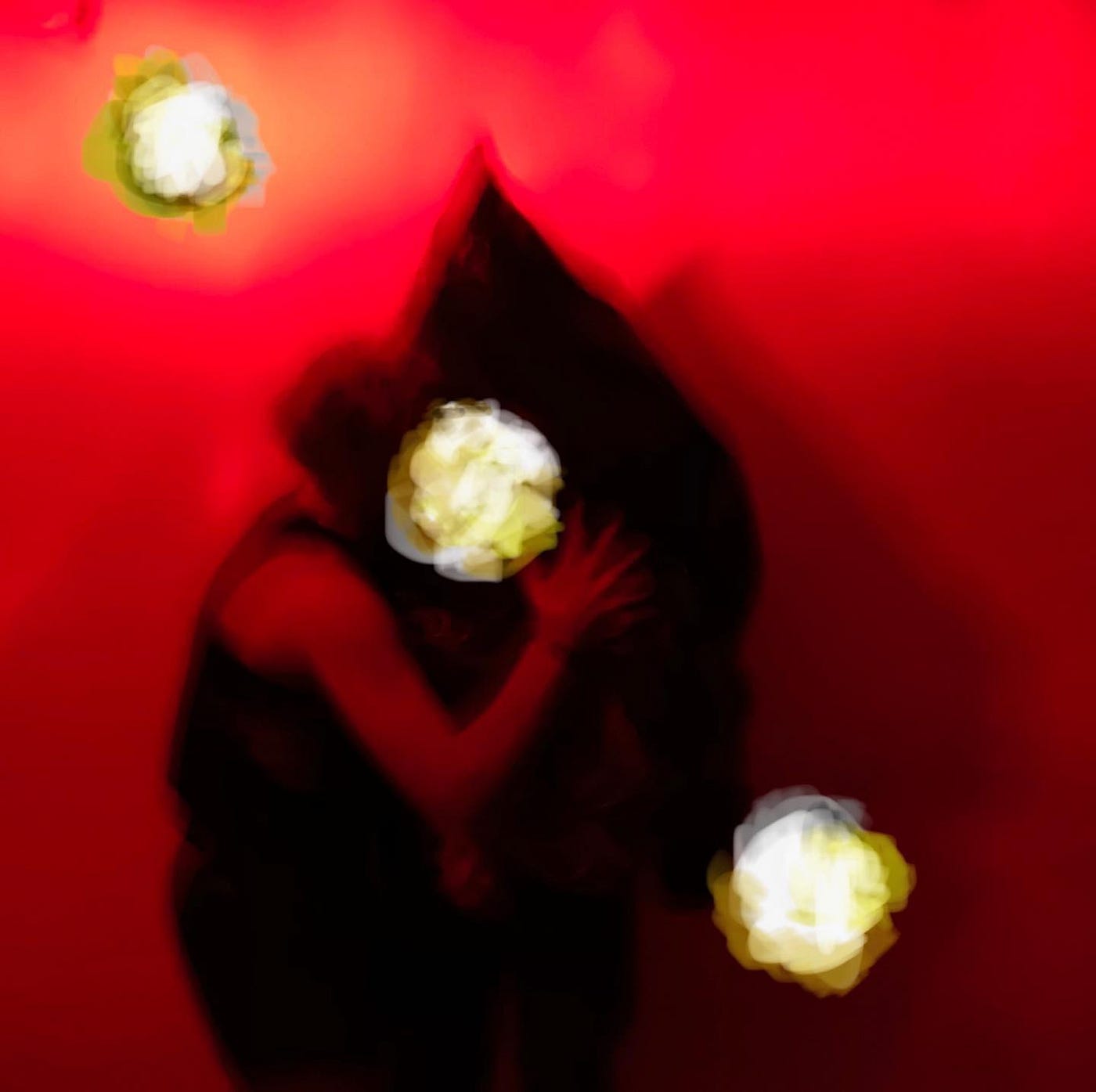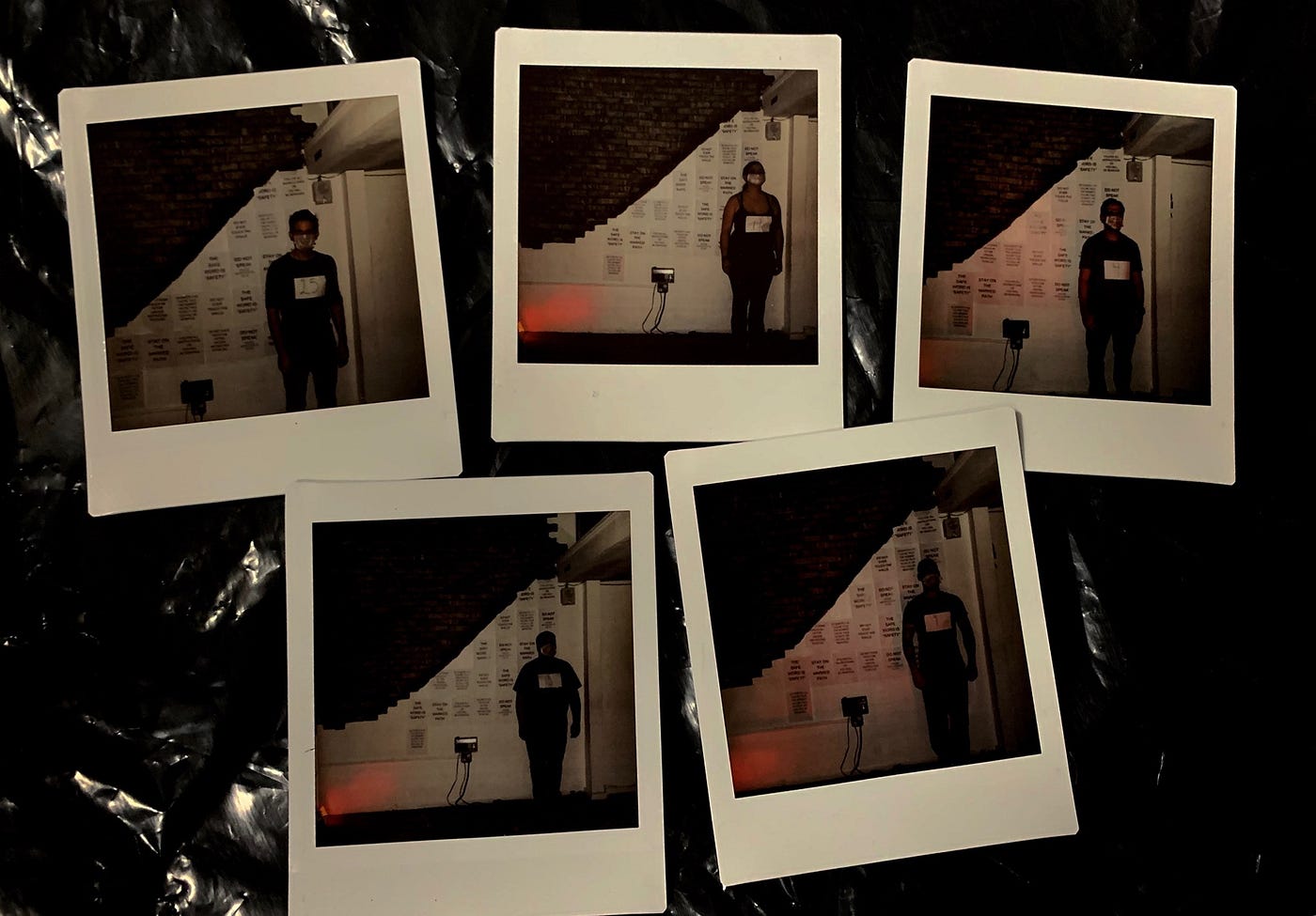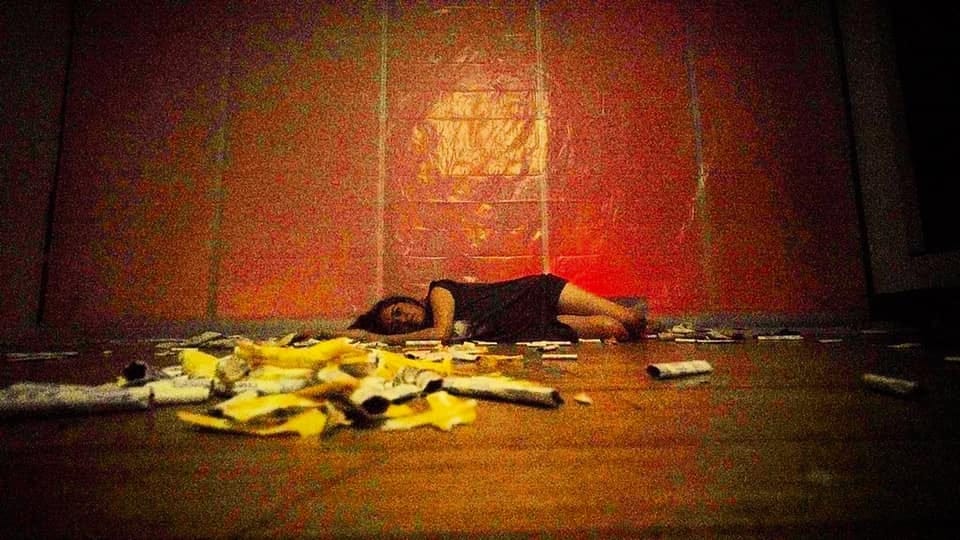‘Blackout’ Celebrates 10 Years of Freakouts (Feature)
A look back at the infamous solo horror immersive experience


“The haunt begins when you buy a ticket.”
That’s what Josh Randall and Kristjan Thor told me about Blackout. I think that’s wrong though. For me, the haunt began years ago.
While some modern haunts may be more extreme in terms of scenarios and level of contact, none have the history and legacy of the first breakout haunt success, Blackout. I remember pangs of jealousy when reading about its terrified audience as a teenager. I desperately searched for more information about the experience (in vain) and occasionally happened upon a terrifying snippet online. Without concrete specifics, my mind filled in the blanks with potential shackles and staple guns. So when the opportunity finally came to try Blackout in NYC this year, naturally, I was both terrified, and excited. I called dibs immediately to the NoPro staff.
Extreme haunts walk a fine line. Most patrons want to live in a horror movie for 45 minutes without it becoming a long term reality. How far is too far? When does safety become an issue? Blackout manages both with a finesse that isn’t easy to achieve. At the time the experience begins to feel like it might become unsafe — as in when you feel like you’re getting assaulted by a man in the dark, and someone’s binding you from behind — you’re not. True, you’re bound and aren’t going anywhere, but both you and the actor are as safe as possible, from what I observed. And you absolutely can’t touch him. It’s a point of pride and this level of care is one I’m genuinely pleased by.

Where things get more complicated is the layer of mystery I described earlier and that I encountered firsthand as a non-participant. Reporters are typically pretty good about preserving the air of mystery around Blackout. Even though this year was supposedly a remix of favorite scenes of years past, and I was a voracious Blackout researcher as a teen, I didn’t recognize a single one from my searches. The gentlemen’s agreement to keep Blackout a tight-lipped secret has served it well in ratcheting up the terror of the unknown as you go through the experience, and preserving the element of mystery; that’s a crucial ingredient to the secret sauce, one that binds the production together. There’s a distinct flavor of danger here, one present in the tightly choreographed dance of the show, which is essentially a series of strange, unsettling one-on-ones. But sometimes, the mystery surrounding Blackout means you’ll think the show is something other than what it really is. (And sometimes what it is turns out to be not your bag.)
“Blackout isn’t for everyone.”
That’s what Noah Nelson, our Founder and Publisher, warned me when I signed up for the job of touring this house of horrors.
“Believe me, you can never tell who’s going to be the most freaked out. We had a sports team come in, the bro-iest crowd imaginable, and they were whimpering, crying, and using the safeword. What’s fun about running this is finding out what affects whom.” That’s what Kristjan Thor told me when I was interviewing him after the show.
And what do the fans think?
“It’s more than a haunt.”
“You get to see inside yourself.”
“I learned what I was really, truly scared of.”
That’s the chatter I heard from this year’s audience online, as I prepared myself to enter the world of Blackout.
Get Blake Weil’s stories in your inbox
Join Medium for free to get updates from this writer.
SubscribeSubscribe
Unfortunately, Blackout didn’t work on me. There I was texting my best friend after the show, heartbroken, appreciative of all the work that had gone into the show, but a little bit wiser having finally done it.
All of the above statements were true but I had somewhat misunderstood Noah’s comments. The extreme nature of Blackout isn’t the only reason the show is not for everyone. It’s that it works mostly on the psychological level. So it’s not going to hit every mind the same way. And, personally, the material within this instance of the show just doesn’t trigger my own panic buttons, though it might set off yours.

Blackout is a horror movie in your head just as much as a horror movie in the physical realm and I had been living my favorite part for years: the tension, build up, and anticipation. The content of the show itself often ventured into psychosexual territory, with material aimed at unnerving straight men. To be fair, certain scenes did get to me, as I find that a fear of nail guns and pathogen disgust are fairly universal. But I felt like the main course was lost on me as a gay man.
But that’s what’s cool about Blackout. Yes, it’s not my thing. But I saw something different: power. A well-oiled machine for creating a certain kind of terror. Not for everyone, but a set of stimuli alchemized into something that can evoke profound fear for those on the intended wavelength. By pushing an audience to the very last stopping point before “real” danger happens, the show unlocks something inside of you. Even I learned something about my limits, about resilience I didn’t know I had.
Even internally, we’re raving: I can totally understand why Andrew Hoepfner of Whisperlodge said the following when selecting it as his pick of the week.
“I’m not much into haunts, but I loved ‘Blackout.’ Immersive theatre allows us to step into alternate worlds with different sets of rules. I find these breaks from reality invigorating and restorative. ‘Blackout’ lets us safely step through 25 minutes of exhilarating danger and madness. I couldn’t resist going to see a performance that started a genre, and having gone through it, I will say that it is satisfying to drink from the source.”
That sense of “drinking from the source” struck me as well; this is one of the shows that got me into immersive theatre, that made me want to experience it and write about it. Even if it didn’t fully land with me, seeing Blackout land all around me was a treat. This is where it all began.
Blackout’s unique brand of mind-screw has clearly paid dividends. This 10th anniversary show was almost immediately funded on Kickstarter. Audiences can’t get enough. Which is why even though it’s not the show that I connected with the most this season, it’s a little sad to say goodbye.
Blackout isn’t dying, just changing. The big centerpiece haunts have come to an end, and I get why. In 10 years they’ve all but invented a form and watch it take off. Now they want to create something new — the small, agile productions that used to only exist between the blockbuster shows is where they can be nimblest and push boundaries once more, attempting to probe deep into their audience’s psychological stew.
Godspeed, Blackout. I’m sure the next ten years will be as headline-making, mind-bending, and thought-provoking as your last ten.

Blackout continues through November 2. Tickets are $65.
NoPro is a labor of love made possible by our generous Patreon backers. Join them today!
In addition to the No Proscenium web site, our podcast, and our newsletters, you can find NoPro on Twitter, Facebook, YouTube, Instagram, in the Facebook community Everything Immersive, and on our Slack forum.
Office facilities provided by Thymele Arts, in Los Angeles, CA.